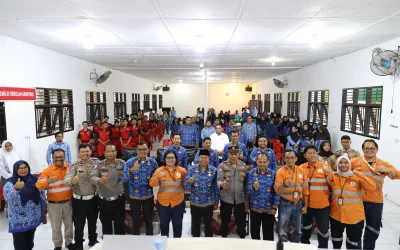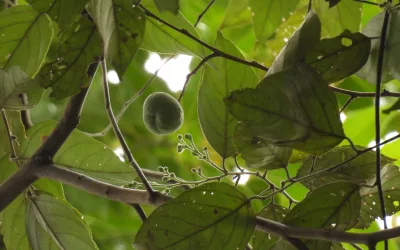Some may sometimes wonder about the signs by which it is possible to know whether this land contains gold or not, and some may also believe that this is easy and simple, but in fact, it is not so
Gold occurs in so many different types of deposits and there are many useful indicators that prospectors can follow to lead them to gold. The problem is indicators to look for in one place for one type of deposit don’t always work very well for another.
As an example, in some places, the presence of vein quartz on the ground is a valuable indicator of the presence of gold, but it is not a valuable indicator in places where there is a lot of vein quartz, and in other places where there is gold in abundance but completely free of vein quartz. There is no simple “one-size-fits-all” solution to what to look for in prospecting.
While there is no one perfect answer, here are ten natural geologic signs pointing toward gold.
1. Color Changes. In many districts, acidic mineral solutions have bleached the area rocks to a lighter color. Other color changes can be due to the contact of different types of rock. These color changes can be an indicator of gold because gold often occurs in altered rocks or along rock contacts.
2. Iron Staining & Gossans. Not all veins produce much quartz. Gold-bearing veins can consist of calcite or mostly sulfides—which often weather into iron-stained spots when the pyrites convert to iron oxides. Large amounts of iron oxides like hematite, magnetite and ironstone can be favorable indicators of gold.
3. Quartz Vein Outcrops and Vein Matter Accumulations. At times, small accumulations of quartz vein material can indicate mineralization in the area. Sometimes there will be a visible vein outcrop that the prospector can see, but more likely the outcrop will not be obvious. In areas where there are no good outcrops, accumulations of quartz vein matter serve to indicate the general area where the vein is located.
4. Productive Rock Types. The concept of favourable host rocks is very important, but the types of rock that constitute “favourable” can vary a lot from one location to another.
5. Rock Contact Zones and Faults. Many quartz veins and other hard rock gold deposits occur in “zones” that are formed along faults or at the contact of two different types of rock.
6. Correct Topography. As a general concept, the coarser gold does tend to hang up farther upstream. In the deserts, most of the best residual placers form in areas with moderate to flat slopes.
7. Extensions of Known Mineral or Placer Areas. Other than pipe-shaped bodies, most small-scale gold deposits have a linear component. Commonly, new deposits can be found along this linear zone of deposition.
8. Similar Geologic Areas Nearby. If a certain rock type or geologic environment has been productive for gold in one area, and the same rock type or environment occurs a few miles away in the same mountain range, it may well be worthwhile to investigate. This is a great technique and a lot of prospectors have been very successful using it.
9. Desert Pavement with Quartz Vein Matter. In desert areas, the best sign to recognize gold is a concentration of small rocks and pebbles on the surface of the ground. In gold-bearing regions when the desert pavement contains significant quartz vein material, this is a reliable sign that gold may also be present.
10. Black Soil by the River. Rivers that contain gold have black soil or have lots of rocks that have a rusty color. In addition, usually, the soil is mixed with sand and large rocks.







